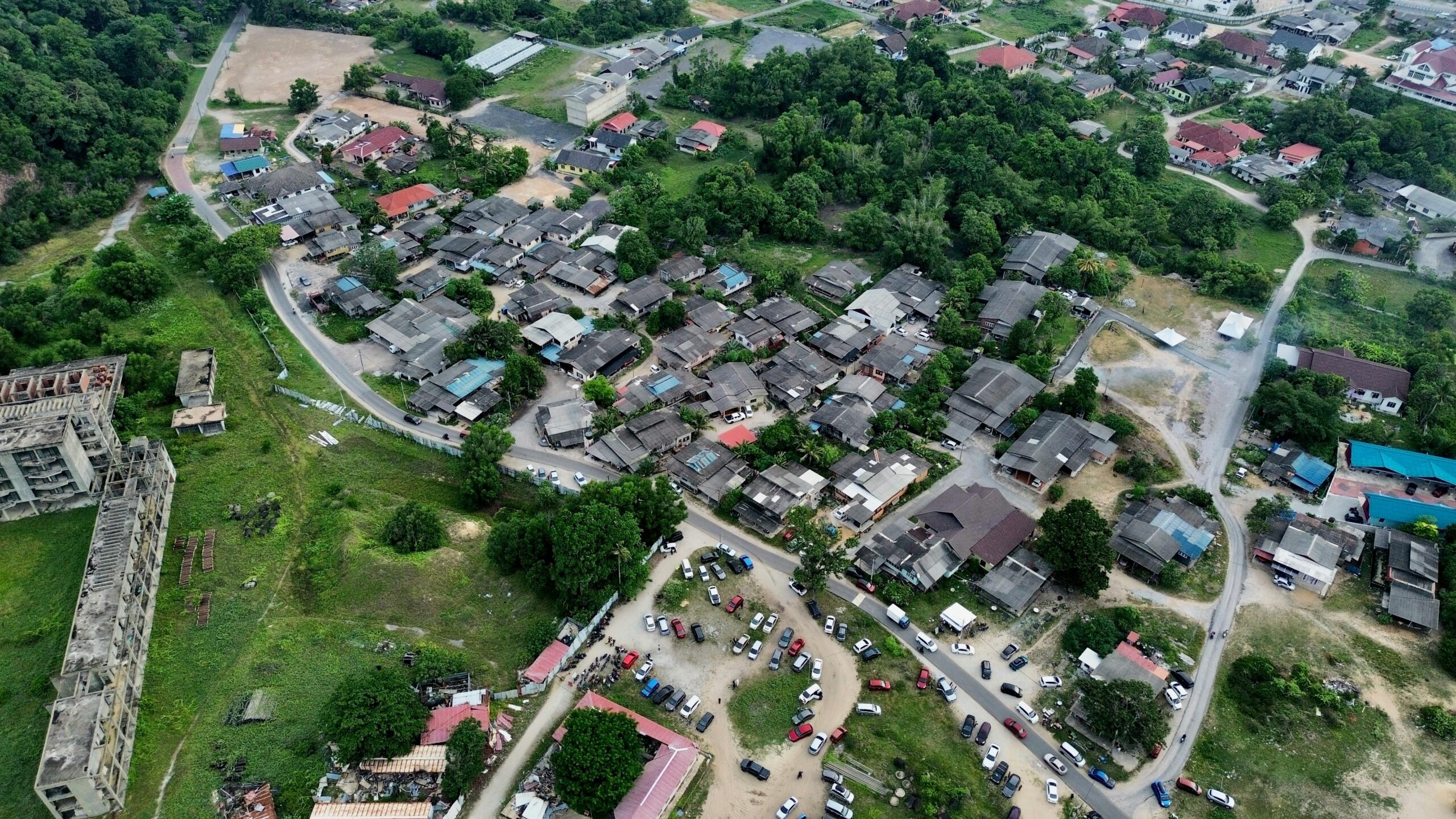In Kenya’s fast-changing urban environment, gated communities are no longer just a preserve of luxury seekers or returning diaspora—they’ve become a strategic solution to modern living challenges. As cities swell and infrastructure strains to keep up, gated communities are increasingly seen as microcosms of well-planned, secure, and connected living.
From Nairobi’s leafy suburbs to rapidly growing satellite towns like Kiambu, Athi River, and Kitengela, these developments are rewriting the playbook for residential real estate. But what’s really driving their growth, and what trends should we expect in 2025?
Let’s take a closer look.
A Quick Snapshot: Why Gated Communities Matter
Over the past decade, Kenya has seen a rise in demand for controlled-access residential estates. These developments typically promise better security, organised infrastructure, shared amenities, and—crucially—a sense of community. They cater to middle- and upper-income groups, and increasingly, the rising urban middle class and younger families seeking a blend of comfort and predictability.
According to the Kenya National Bureau of Statistics (KNBS), urban households are projected to increase by more than 30% between 2020 and 2030. That translates into millions of people needing better housing solutions—gated communities are filling that gap.
Current Trends Shaping Gated Communities in Kenya
1. Sustainability Takes Centre Stage
With growing awareness of climate change and the rising cost of utilities, sustainable living is becoming a key differentiator. Developers are now incorporating:
- Solar power solutions
- Rainwater harvesting systems
- Waste management and recycling programs
- Green belts and nature corridors within estates
Projects like Tilisi in Limuru and RiverRun in Ruiru are already incorporating eco-friendly infrastructure as a core selling point. Buyers are increasingly drawn to homes that not only reduce costs but also align with conscious living values.
2. Technology-Enabled Living
Smart living isn’t the future—it’s the now. Developers are tapping into tech for everything from:
- Biometric and app-based access control
- CCTV surveillance integrated with resident dashboards
- IoT-enabled appliances and energy management
- Smart metering for water and electricity usage
Digital-first buyers expect more than just a gate—they want intelligent homes that simplify their lives. Some Nairobi estates are also experimenting with community apps for service requests, social events, and even e-commerce.
3. Amenities as a Lifestyle Promise
Modern gated communities are bundling lifestyle into their offering, transforming homes into lifestyle destinations. Expect features like:
- Co-working spaces
- Clubhouses and wellness centres
- Jogging tracks and bike lanes
- Community gardens and kids’ play zones
The idea is simple: why leave your neighbourhood if everything you need is inside? In a post-COVID world where hybrid work is now the norm, this “15-minute lifestyle” model is only gaining traction.
What to Expect in 2025
1. Rising Demand from Young, Urban Families
Kenya’s largest demographic is under 35, and many are entering the homebuying stage. These buyers are mobile, tech-savvy, and value-driven. They’re not just buying homes—they’re investing in communities where their families can grow.
Developers who tailor their offerings with flexible spaces, modular designs, and affordability in mind will win big.
2. Growth Beyond Nairobi
With Nairobi becoming increasingly congested and expensive, developers are looking outward. Areas like Thika, Isinya, Machakos, and Naivasha are becoming prime targets for gated community expansion, especially where road, rail, and fibre-optic connectivity are improving.
Infrastructure like the Nairobi Expressway and the Greater Eastern Bypass is pushing the development envelope further, making daily commuting from satellite towns feasible and even desirable.
3. Integration of Mixed-Use Elements
Future gated developments will increasingly merge residential, commercial, and recreational zones into a single estate. Think of homes with walkable access to cafés, supermarkets, schools, and clinics.
This integrated model supports Kenya’s growing gig economy, reduces traffic dependence, and encourages local enterprise.
Challenges and Opportunities for Developers
Challenges:
- Regulatory Complexities: Navigating county approvals, land tenure clarity, and planning compliance can delay projects.
- Financing: High interest rates and limited access to long-term developer financing remain a hurdle.
- Affordability vs. Quality: Balancing cost with modern amenities and sustainability is a constant tension.
Opportunities:
- Public-Private Partnerships: Collaborations with counties and utilities can fast-track infrastructure and reduce costs.
- Targeting Renters: Not everyone is buying. Purpose-built rental gated communities with long-term leases are an untapped market.
- Data-Driven Design: Developers can use data analytics to design communities around real buyer preferences, down to the unit type, amenities, and price point.
Looking Ahead: Kenya’s Gated Communities in 2025 and Beyond
As Kenya’s urban population continues to rise, gated communities will evolve from being seen as luxury options to being mainstream, sustainable solutions for modern living. The future will be defined by thoughtful design, smart infrastructure, and community-centric living models.
Whether you’re a developer, investor, urban planner, or simply someone looking for a better way to live, the gated community of tomorrow is already under construction today.
And if there’s one takeaway for stakeholders in 2025, it’s this: the most successful developments won’t just offer homes. They’ll offer belonging.



